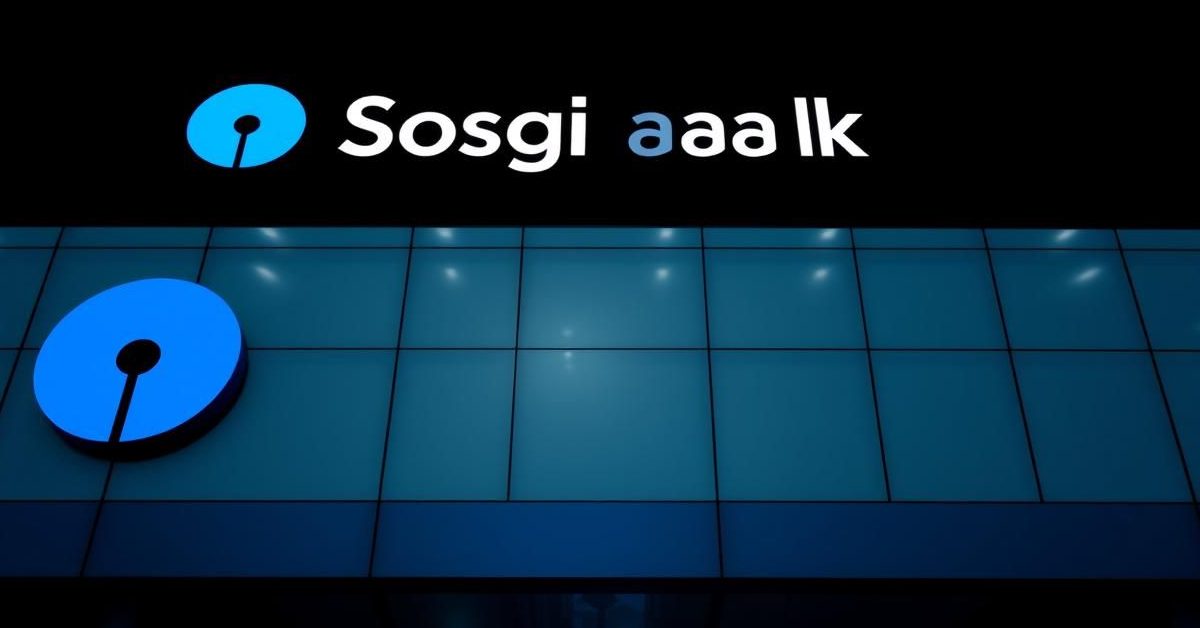India’s largest lender, State Bank of India (SBI), is gearing up to raise a significant sum of Rs 25,000 crore through a Qualified Institutional Placement (QIP), a move expected to significantly boost its financial strength.
Understanding the QIP
A Qualified Institutional Placement (QIP) is a method for listed companies to raise capital by issuing equity shares to select institutional investors. These “Qualified Institutional Buyers” (QIBs) can include venture capital funds, pension funds, and mutual funds. It’s a key way for companies to secure funding from sophisticated investors.
SBI’s Ambitious Capital Raise
SBI’s board had given its approval in May 2025 to raise up to Rs 25,000 crore in equity capital during the 2026 financial year. Reports suggest this QIP could be launched very soon, potentially this week.
If successful, this would mark the largest QIP ever in India, surpassing Coal India’s Rs 22,560 crore raise back in 2015. It’s also SBI’s first equity sale since it raised Rs 15,000 crore in June 2017. While strengthening the bank, this QIP will also slightly reduce the government’s ownership stake, which stood at 57.43% as of March 31, 2025.
To manage this massive fund-raising exercise, SBI has shortlisted six prominent investment banks, including ICICI Securities, Kotak Investment Banking, Morgan Stanley, SBI Capital Markets, Citigroup, and HSBC Holdings Plc.
Boosting Financial Resilience
The primary benefit of this QIP for SBI is a significant improvement in its Common Equity Tier 1 (CET1) capital ratio. This ratio is a vital indicator of a bank’s financial strength and its ability to absorb potential losses immediately.
As of March 31, 2025, SBI’s CET1 ratio was 10.81%. Experts estimate that the Rs 25,000 crore QIP could increase this ratio by almost 60 basis points. Analysts note that despite strong profits, SBI’s CET1 ratio hasn’t seen substantial improvement, making this capital infusion timely.
What is CET1 and Why Does it Matter?
Common Equity Tier 1 (CET1) represents a bank’s core equity capital as a percentage of its risk-weighted assets. It provides a clear picture of a bank’s solvency, indicating its capacity to withstand financial shocks.
The Reserve Bank of India (RBI) mandates banks to maintain a minimum CET1 ratio of 8%, which includes a capital conservation buffer. Being a Domestically Systemically Important Bank (D-SIB), SBI is required to hold an additional 0.8% of CET1. By strengthening its capital base, SBI is also building essential buffers to meet future credit demand across the economy.
Expected Pricing of the QIP
While the exact pricing for the QIP is yet to be announced, analysts anticipate the floor price will be close to the bank’s current share price. This floor price is typically calculated based on the average closing prices of the shares over the two weeks preceding the relevant date.
At the close of trading on Monday, SBI’s shares were priced at Rs 809.3 apiece, giving an indication of the likely range for the QIP.
- SBI aims to raise Rs 25,000 crore through a Qualified Institutional Placement (QIP).
- This will be India’s largest QIP and SBI’s first equity raise since 2017.
- The primary goal is to significantly improve SBI’s Common Equity Tier 1 (CET1) capital ratio.
- A stronger CET1 ratio indicates better financial stability and loss-absorbing capacity for the bank.
This strategic capital infusion is poised to further solidify SBI’s position, ensuring it remains robust in the evolving financial landscape and capable of supporting future economic growth.














